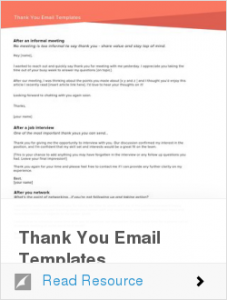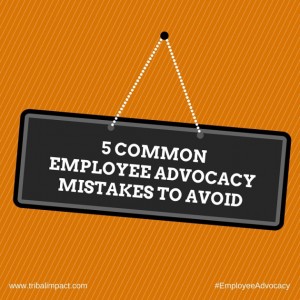
Email marketing campaigns can be a beast to master. As anyone that has ever deployed an email campaign knows, it’s easy for an email to be filtered into a junk mail folder, destined to be deleted without being read. That’s a scary prospect for any business that is spending valuable time, resources and money on email marketing. So, how can companies and marketing teams avoid this fate?
Here are the essentials for creating and deploying a successful email campaign (and what not to do):
DO: Get permission.
All email campaigns should comply with anti-spam regulations. The CAN-SPAM Act of 2003 set the standards for commercial email operation and use. The law states that it must be easy for email list subscribers to be able to opt out of receiving emails, and all opt-out requests should be completed in a timely manner. Email subscribers should give their explicit permission to be added to an email list, and the sender should have substantial proof that the subscriber wants to receive communications.
DON’T: Purchase lists.
Email provider MailChimp recommends that senders avoid purchasing lists from third parties. They also note that many email service providers prohibit their users from sending communications to purchased lists.
DO: Personalize.
Personalizing emails for the receiver can do wonders for engagement metrics. Personalized content and product recommendations into emails can increase click-through rates by 25-35% and sales conversion rates by 15-25%, according to ExactTarget. Brands can personalize emails by using the receiver’s name in email messaging and by digging deeper to send personalized product recommendations based on the contact’s past purchase history.
DON’T: Send emails to an old list.
Permission is required to send emails to subscribers, and that permission can expire as early as six months in to a subscription. Companies need to reach out to subscribers before they forget that they signed up for a list. If a brand hasn’t communicated with a subscriber in six months, it is probably necessary to reconfirm the list. This process removes subscriber emails that are no longer valid or do not engage with campaigns.
DO: Optimize for mobile.
47% of all email is opened on a mobile device. Brands should offer an excellent mobile email experience from the very start of any email campaign, including the welcome email.
DON’T: Include multiple Calls-to-Action.
Email campaigns need one distinct call-to-action that relates to the content that it points to. For example, if a company is offering a free trial of its software, the CTA should read something like “Register for Your Free Trial.” While some brands may prefer to include two CTAs in an email, they should all point to the same content. Don’t include different CTAs that take customers to totally different offers, as this can be confusing.
DO: Segment email lists.
Before sending emails segment contacts into appropriate lists, such as level of interest or where the contacts are in the sales cycle. This allows the marketing team to send highly targeted emails to a smaller subset of subscribers rather than blasting out a more generic message that might not generate high conversion rates.
DON’T: Have inconsistent design.
Like everything else, emails should be branded and match the design of all of a company’s other marketing assets and materials. Email designs should also match landing pages and calls-to-action to provide a more cohesive experience.
DO: Test campaigns before sending.
Before sending a campaign to the entire subscriber list, it’s important to first deploy a test. Test emails can be sent to one or several people and should include many different email clients (Outlook, Gmail, etc.). Recipients of these tests should “kick the tires” by clicking on links, making sure images display correctly, spellchecking, and verifying that everything in the email looks correct. Once an email is sent, it’s sent. Emails cannot be deleted from recipients’ inboxes so it’s very important to rigorously test email campaigns before they are sent to the entire subscriber list.
DON’T: Ignore the metrics.
Most email service providers give users the ability to look at the metrics and analytics of their campaigns to see how they performed. Examining numbers such as the open rate and click-through rate can help teams measure the campaign’s performance and use this information to improve campaigns going forward. If a company isn’t checking these numbers they could be missing out on valuable insights that have the potential to affect the bottom line.
When it comes to email marketing, knowledge is power. By using what they’ve learned from their own experiences or the successes (and failures) of competitors and peers, any business can make small but meaningful changes to their existing email campaigns to ensure big wins.
(309)






